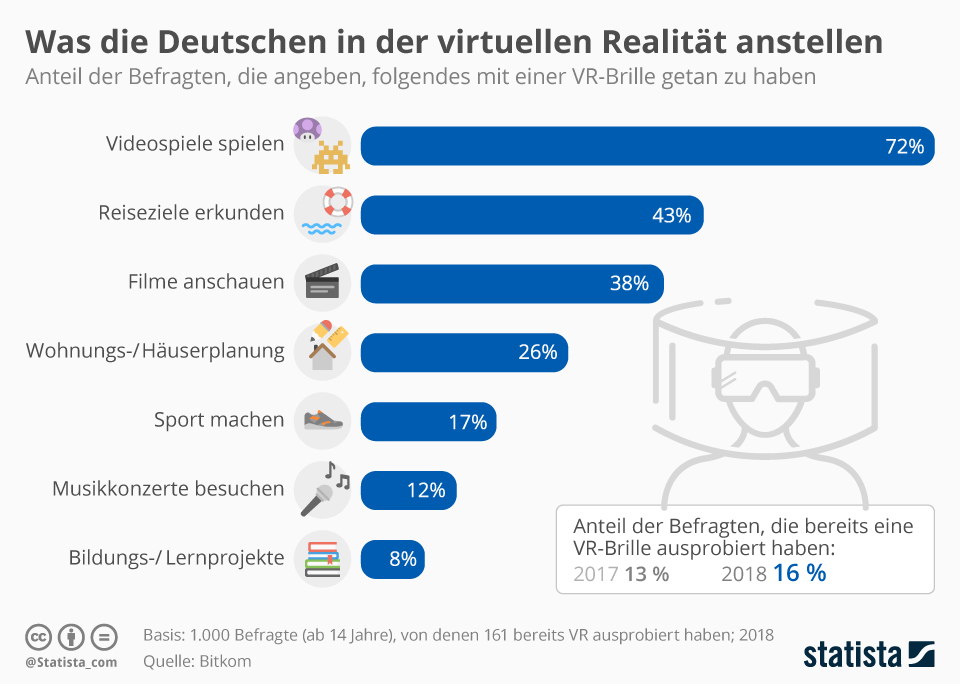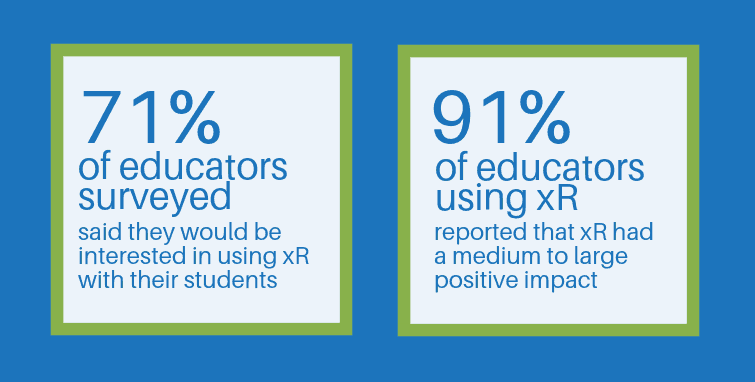 xR in EDU Research
xR in EDU Research
The 2018 xR in EDU Survey is a collaborative research effort between EdTech Times and SRI International, to learn more about how educators across the globe are using xR in the classroom today. Labster and Lifeliqe were key partners in this work.
What is xR?
xR is shorthand for “Extended Reality,” a term that refers to virtual reality (VR), augmented reality (AR), and mixed reality (MR). For more information on the differences between VR, AR, and MR, read our articles about xR, or listen to our xR in EDU podcast series.
What does the adoption of xR look like?
This project began in the fall of 2017 with one primary research question—what does adoption of augmented (AR), virtual (VR), and mixed reality (MR) in education look like? Additionally, we were looking to understand what experiences with these technologies could uniquely provide to learners. With those initial questions in mind, we elicited expert feedback from a number of thought leaders in virtual reality and education research.
In order to discover as much as possible about implementation of these technologies, we knew we needed a sample that had a good percentage of “initiated” members who were practitioners at some level. Labster and Lifeliqe agreed to allow us access to their user communities and through email, we shared the link to the survey. The link to the survey was also shared in a limited way to EdTech Times and SRI communities. This executive summary explains what we learned in this first attempt at what we plan to be a global, longitudinal study on the adoption of augmented, virtual and mixed reality in education and training.
What do educators think of xR?
Of the 115 educators surveyed, 71% said they would be interested in using xR with their students. Of those already using xR, 91% reported a medium to large positive impact.
Quelle:
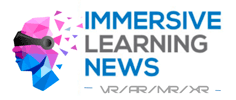
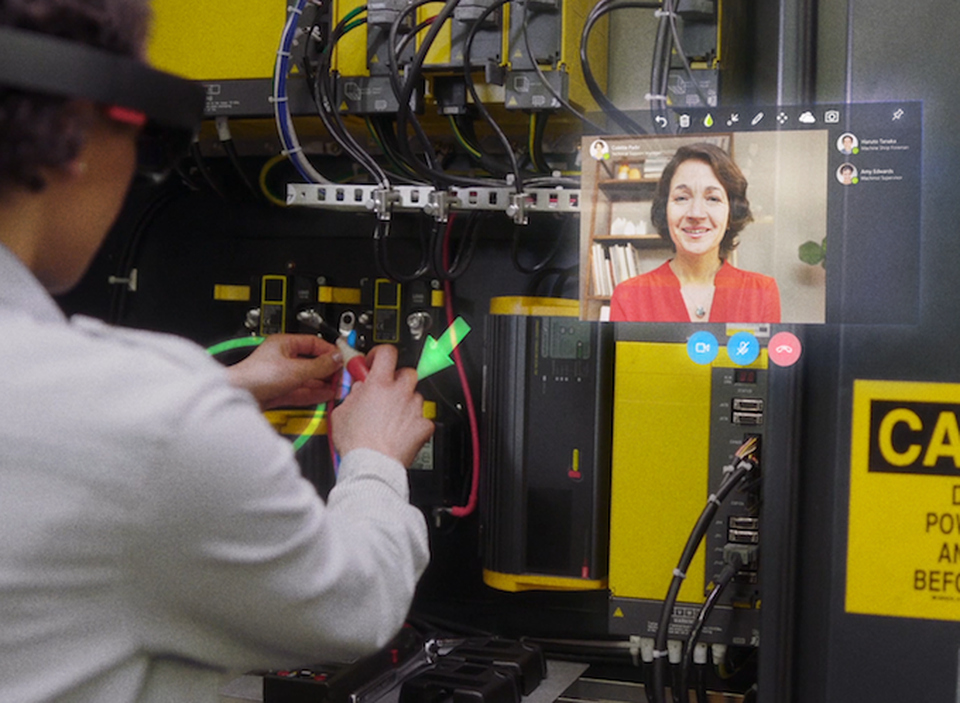 In a wide-ranging conversation with Bardeen I asked her to explain Microsoft’s motivation for commissioning the report,
In a wide-ranging conversation with Bardeen I asked her to explain Microsoft’s motivation for commissioning the report, 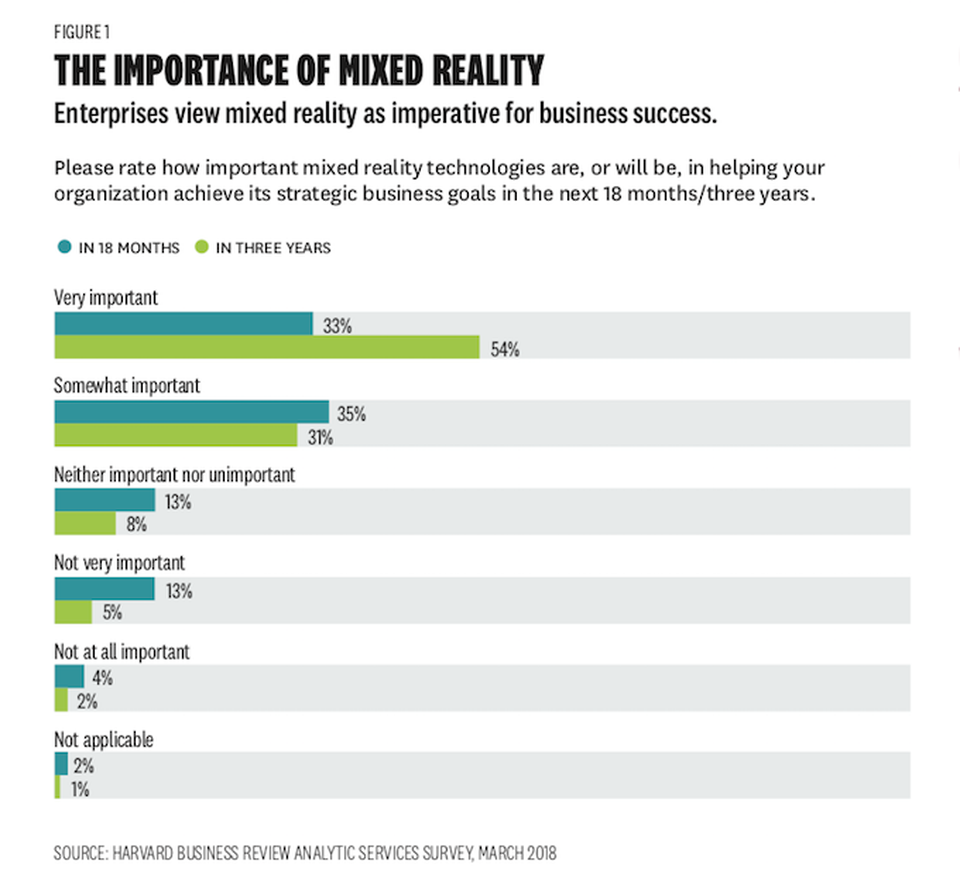 One of the key opportunities identified by the survey concerns what Microsoft calls “Firstline Workers”, who makeup 80 percent of the workforce but often have limited access to relevant, contextual information due to the on-the-field or on-the-floor nature of their jobs. These workers are typically on the front lines of any business workflow: behind the counters, in the clinics, traveling between customers for field service, or on the factory floor. “Several of Microsoft’s commercial customers are already empowering their Firstline Workers with mixed-reality solutions that enable remote assistance, spatial planning, environmentally contextual data, and much more,” Bardeen told me. With the
One of the key opportunities identified by the survey concerns what Microsoft calls “Firstline Workers”, who makeup 80 percent of the workforce but often have limited access to relevant, contextual information due to the on-the-field or on-the-floor nature of their jobs. These workers are typically on the front lines of any business workflow: behind the counters, in the clinics, traveling between customers for field service, or on the factory floor. “Several of Microsoft’s commercial customers are already empowering their Firstline Workers with mixed-reality solutions that enable remote assistance, spatial planning, environmentally contextual data, and much more,” Bardeen told me. With the 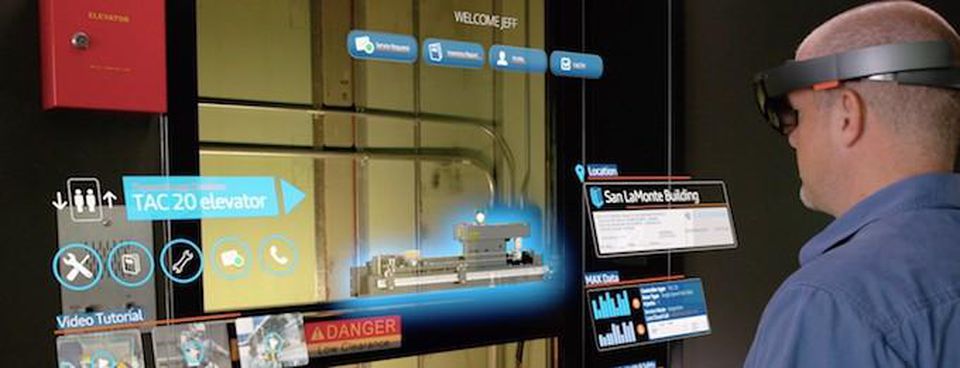 In order to fuel further interest from developers and businesses Microsoft is sharing use case videos, blog posts, and making presentations conferences like
In order to fuel further interest from developers and businesses Microsoft is sharing use case videos, blog posts, and making presentations conferences like 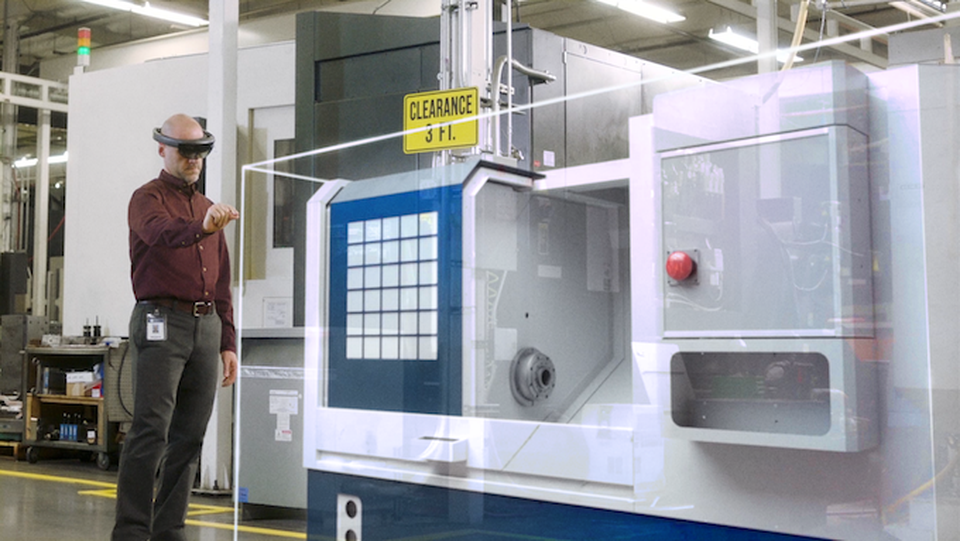 Select Microsoft stores throughout the US are demoing the HoloLens by appointment.
Select Microsoft stores throughout the US are demoing the HoloLens by appointment. 